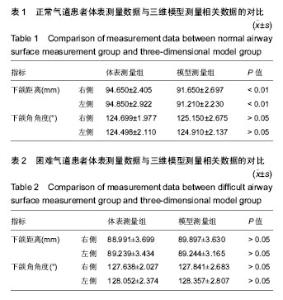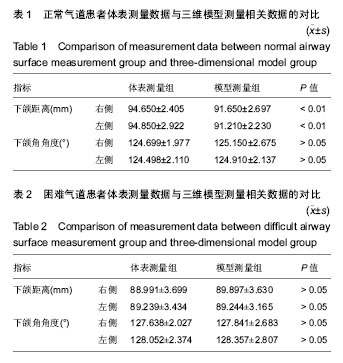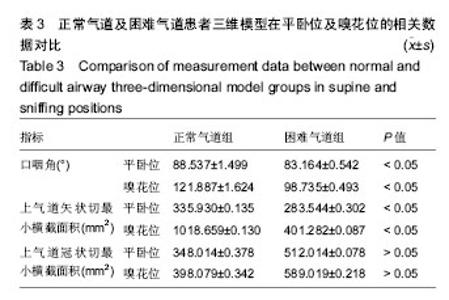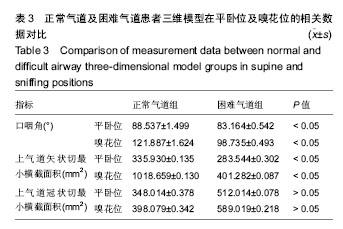| [1] Apfelbaum JL, Hagberg CA, Caplan RA, et al. Practice guidelines for management of the difficult airway: an updated report by the American Society of Anesthesiologists Task Force on Management of the Difficult Airway. Anesthesiology. 2013;118(2):251-70. [2] 马武华.困难气道的评估、预测进展[A].中国中西医结合学会麻醉专业委员会(CSIA).中国中西医结合麻醉学会[CSIA]年会暨第二届全国中西医结合麻醉学术研讨会、江苏省中西医结合学会麻醉专业委员会成立大会论文汇编[C].中国中西医结合学会麻醉专业委员会(CSIA),2015:5.[3] 薛富善,刘亚洋,李慧娴.困难气道管理策略-目前的问题和将来的方向[J].临床麻醉学杂志,2018,34(1):89-91.[4] 左明章,闫春伶.困难气道管理新进展[J].北京医学, 2016,38(6): 499-500.[5] Shiga T, Wajima Z, Inoue T, et al. Predicting difficult intubation in apparently normal patients: a meta-analysis of bedside screening test performance. Anesthesiology. 2005;103(2): 429-437. [6] Lundstrom LH, Moller AM, Rosenstock C, et al. High body mass index is a weak predictor for difficult and failed tracheal intubation: a cohort study of 91, 332 consecutive patients scheduled for direct laryngoscopy registered in the Danish Anesthesia Database. Anesthesiology. 2009;110(2):266-274. [7] 王幸双,汪小海,李文媛,等.上呼吸道矢状面解剖学特点与声门暴露程度及插管次数的关系[J].临床麻醉学杂志, 2013,29(12): 1174-1178.[8] 耿清胜,朱也森.上气道 CT 三维重建图像评估困难气道的可行性研究[J].中国口腔颌面外科杂志,2006,4(5):352 -355.[9] 赵燕玲,曲爱丽,哈若水,等.健康成人上气道及周围结构的三维有限元模型的构建[J].宁夏医学杂志,2010,32(4):329-331+290.[10] Goni-Zaballa M, Perez-Ferrer A, Charco-Mora P. Difficult airway in a pediatric patient with Klippel-Feil syndrome and an unexpected lingual tonsil. Minerva Anestesiol. 2012;78: 254-257.[11] Kim SG, Yi WJ, Hwang SJ, Choi SC, et al. Development of 3D statistical mandible models for cephalometric measurements. Imaging Sci Dent. 2012;42(3):175-182. [12] 焦子先,郑吉驷,刘欢,等.成人颅下颌解剖测量分析[J].中国口腔颌面外科,2015,13(2):151-154.[13] Abé-Nickler MD, Pörtner S, Sieg P, et al. No correlation between dimensional measurements and three-dimensional configuration of the pharyngeal upper airway space in CT computed tomography. J Craniomaxillofac Surg. 2017;45(3): 371-376. [14] 于申,刘迎曦.人上气道生物力学模型的研究进展[J].医用生物力学,2010,25(3):157-162. |



